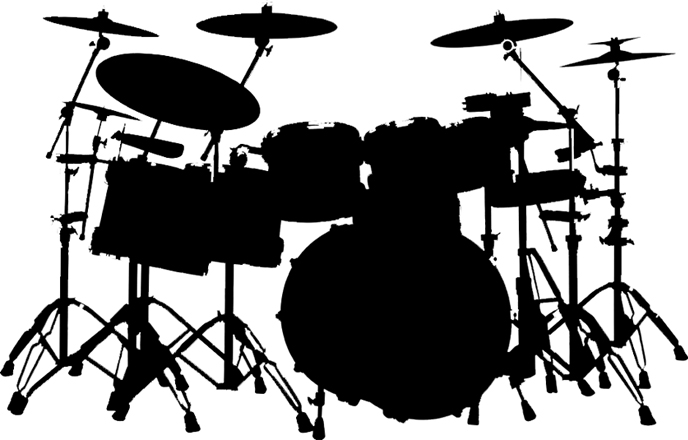
A drum solo is a very unique thing to play; it is very personal and exciting. The best part about a drum solo is every one is different. Learning to play drum solos is a very fun thing to do as a drummer. You do not need to be an experienced drummer to play a killer drum solo; you just need to be able to play musically. Since a drum solo involves no music but the drums, you have to find a way to keep the audience on the edge and interested. This is where lessons, tips and advice come in handy. So take the next few minutes to read through this basic guide to creating an exciting drum solo.

There are a few things every drummer must know about drum soloing. First, a drummer has to know the difference between a song ender, a drum fill, and a drum solo. This is huge, since most drummers cannot distinguish them apart, and end up playing the wrong thing at the wrong time. A song ender is pretty obvious, it is a drum riff played at the end of a song to build the energy. A drum fill is portion of time allotted to the drummer in which he/she can add their own flavor to the mix. A drum fill is usually shorter, on time, and follows the theme of a song. A drum solo is a song strictly played by the drummer, and is typically longer then the above. Now although these are all different ideas, you can definitely use the same patterns and chops in each.
Now that we know the difference, lets focus on drum soloing. A lot of drum solos start right after a song, and therefore the energy level is already built; however, if you are starting a drum solo alone, you will need to slowly build the energy yourself. Think of a solo as a song, you cannot just start with the best part; you have to build the solo up to that. The basic way to do this is to start with one limb and play a basic pattern. Take the bass drum for example, maybe start by playing a basic 8th note pattern with your feet. From here you can add shots and hits to slowly bring the level of intensity up.
A drum solo should be interesting for the listener. This does not mean it has to be super complex, just fun to listen to. Even the most complicated drum pattern can get boring after hearing it for a few minutes, so be sure to change things up. Try to give the listener a lot of different variety so they stay on the edge. You want them to be unsure of what is coming next. To do this, try to remember to move around the drum set a lot.
Learning how to finish a drum solo is almost just as important as playing it. The audience will remember the ending to the solo better than the solo itself. There are 2 ways to end a solo; one with extreme intensity, and one that brings the energy down slowly. Both are great concepts to practice. Just make sure you choose the right route depending on the style of solo you have just played, and the audience you are playing to. Whichever one you choose, make sure you have a distinct ending. A bad solo is one in which the listener is not sure whether it is over or not.
Take these few tips to the drum set, and create a drum solo of your own. Drum solos are usually improvised; however it is never a bad idea to have a few ideas up your sleeve. Practicing your soloing will help you distinguish a bad solo from a good one. Knowing how to play a proper solo will make you that much of a better drummer live! You can always get more ideas by posting questions in the FDL drum forums or by using more of our lessons to learn to play drums.